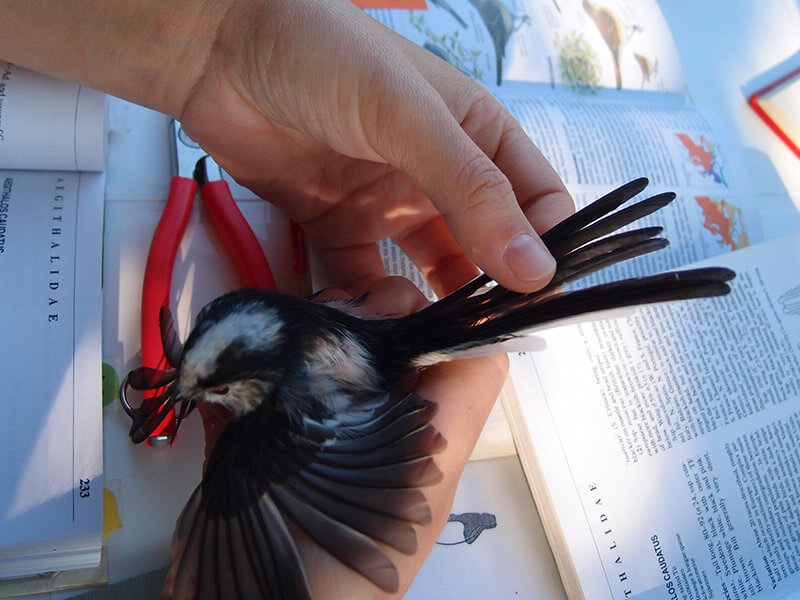Bird ringing

Let’s have a look at how ornithologist Dr. H. Alivizatos describes the technique of bird ringing:
Ringing is one of the main methods for the study of birds. It consists of attaching on the leg of the bird of a metal or coloured plastic ring tag with a contact address and a unique number. This allows for the identification of the bird, so that if found again -alive or dead- we can trace it back to its origin.
The ring that is placed on the bird legs is made of light metal. The weight of the ring is insignificant compared with the weight of the bird and does not affect its behaviour. Sometimes coloured plastic rings are also used, as these can be easily spotted from a distance.
Thanks to ringing we learn about the routes followed by the birds, their staging areas, how much they stay in each area, as well as their lifespan. Further to that, based on the measurements taken, we can distinguish between various populations and, mostly on the basis of weight and fat scores, determine which areas are important for “refuelling”. This biological data allows for more effective measures for the protection of birds.
The birds are captured by various means. The most widespread method is through special thin nets, which are placed at sites where they are not easily visible to the birds. The birds are caught in the net, and after ringing, ageing, sexing and taking of certain measurements (wing, tarsus, bill, fat score, etc.) and weighting, they are released. The whole procedure lasts only a few minutes. Larger species (raptors, herons, gulls, etc.) are usually ringed as nestlings.
To become a ringer you must follow special training courses, upon successful completion of which you are issued an official license. In every country there is a competent authority for ringing and the rings bear a specific contact address. In Greece, the competent authority is the Hellenic Bird Ringing Centre (HBRC), the rings bear the address of the Zoological Museum of Athens, while the licenses are issued by the Ministry of Environment and Energy upon request by the HBRC.
Knowledge generates prosperity

